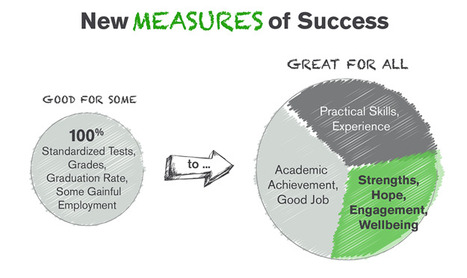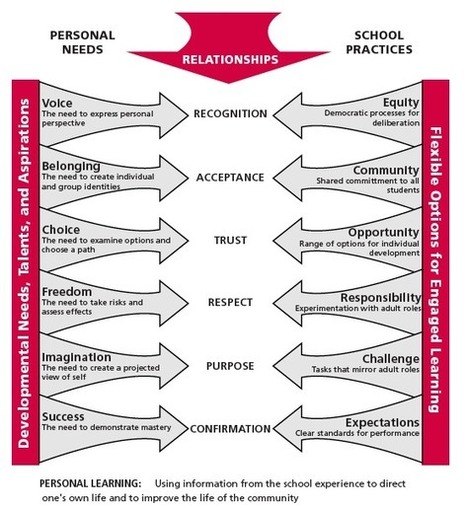Research and publish the best content.
Get Started for FREE
Sign up with Facebook Sign up with X
I don't have a Facebook or a X account
Already have an account: Login
What pathways are being designed in today's schools to personalize the learning experience?
Curated by
Kathleen McClaskey
 Your new post is loading... Your new post is loading...
 Your new post is loading... Your new post is loading...
Rebecca Wilkins's curator insight,
July 30, 2015 10:28 PM
Learning has moved from something students have done to them to something they get to guide through the thoughtful support of a highly qualified teacher. |

Angie Tarasoff's comment,
August 20, 2012 8:34 PM
I wonder if there isn't another stage here - or maybe it's not on the continuum at all, but somewhere else: interdependence.
I'm starting to think we don't typically learn anything independently - but through interactions with other people, or the knowledge someone else has created. 
Barbara Bray's comment,
August 20, 2012 11:27 PM
Angie - Yes! You are right - interdependence. How to collaborate and work in teams. There is a large push to create independent learners and expert learners. Now you have me thinking.
|

















Don't miss this compelling presentation on The Economics of Human Development developed by Gallup. It tells a story we should all hear!
Click through this presentation to see a vision for our education system that will unleash the potential of all learners and provide them with an entirely better career and life trajectory.